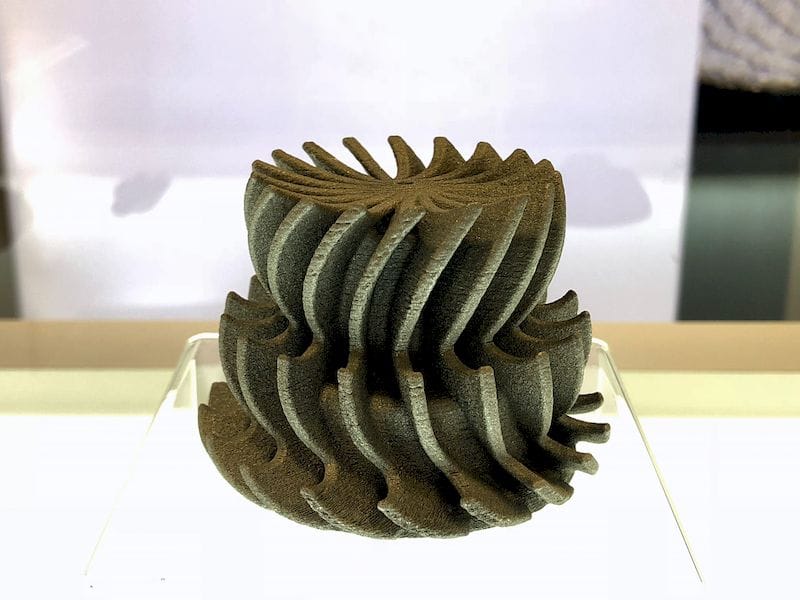
I’m reading a two-part story talking about how 3D printing may affect the Indo Pacific region.
In stories by Robert Farley in the Diplomat, he takes on the thoughts of the Rand Corporation on 3D printing, which we reviewed and discussed previously.
Rand Corporation’s thinking:
Printers Could Enable New Criminal and Security Threats: RAND suggests that “the bad guys” could make use of 3D printing to produce their own weapons without the supervision of the usual authorities.
New Manufacturing Capabilities Could Endanger Jobs: RAND’s position that 3D printers are slowly becoming “Factories in a box”, and thus could take away manufacturing jobs that would otherwise be done manually.
Printers Could Change the Rules in International Affairs: RAND points out that international sanctions may be bypassed because those officially prevented from using certain products just might be able to 3D print their own versions and thus bypass the sanctions.
Farley makes some very interesting points that I agree with. Regarding manufacturing, he suggests that 3D printing could be considered a bit of a shortcut for manufacturers as one machine could deliver the same products as many other machines.
I think that is generally true, but 3D printers themselves have specializations; there are certain machines you’d use for certain applications and not others. Also, this does not necessarily remove the need for finishing equipment, which in some cases can take up far more of the workflow than the actual 3D printing part.
I agree with his proposition that large 3D printing factories will still tilt toward those who have the logistical and scale advantages; just installing a 3D printer will not make you a magically terrific manufacturer. He does suggest, however, that sourcing materials and energy could be key, and I agree. Once machines are running full schedule, it’s only the materials and energy pricing that really matters. Thus some regions may have natural advantages over others.
Farley suggests that security issues may be complicated by use of 3D printing to create spare parts for military gear, thus lessening the dependency on the original supplier, and consequently leaving those source countries with less influence. I think this could depend greatly on how maintenance contracts are negotiated in the future, as some suppliers depend greatly on future maintenance revenue streams. Perhaps this will be an interesting aspect to contracts in the future?
Regarding trade, Farley suggests that the advantage will not necessarily go to the country with the most or best 3D printers, but rather be dictated by these four factors:
- Administrative capacity to achieve economies of scale in production
- Administrative capacity to take advantage of low cost logistical networks
- Established procedures that facilitate rapid innovation in design
- Legal capacity to protect the gains from innovation
I believe this concept is truly important, as he says:
AM can have an important impact insofar as it makes local production possible in places that it was not possible before, but possible is not the same as competitive.
Low cost wins in almost all cases, sooner or later, and these factors determine costs.
To me this is a reflection of my own beliefs: 3D printing is merely another – albeit highly interesting – making technology, one of many that might be found in any factory. Use the right tool for the job, and sometimes it could be 3D printing.
The rest of the financial equation is all those things Farley mentioned. Thus 3D printing will be of interest, but not the most significant disruptor in the space. For that you should look at developments in transport, logistics and design.
Via the Diplomat (part 1) and (part 2)

